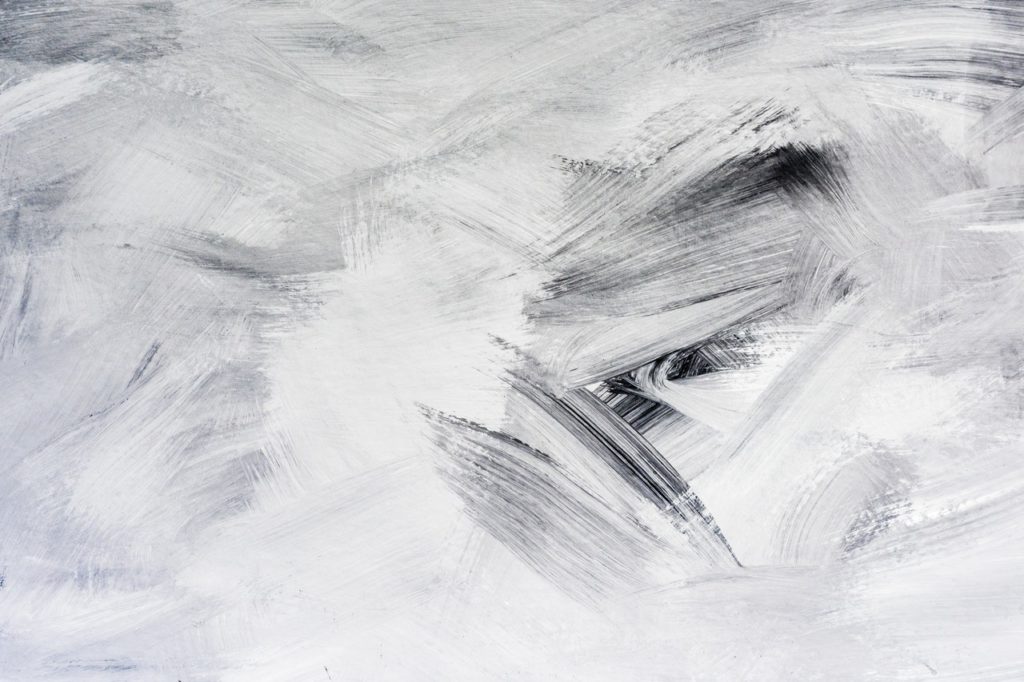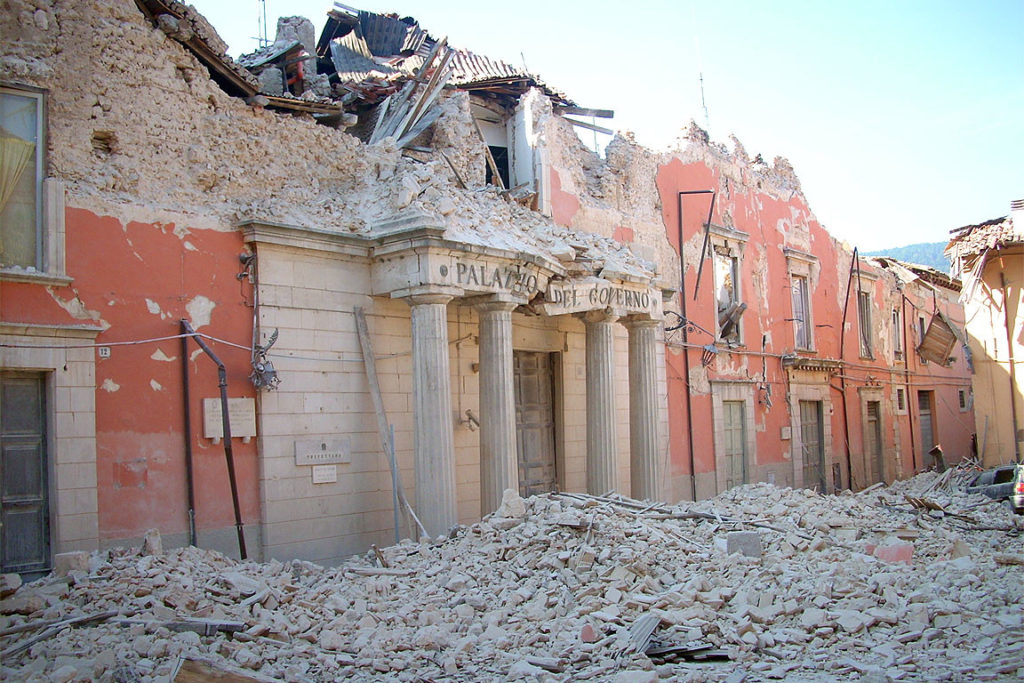
Airlite developed a paint that purifies the air and can be used both indoors and outdoors. It neutralizes odors, bacteria and prevents mold, it repels dust and dirt and reduces air pollution.
Cristina: Don’t we all feel better when the air is light? Today we’re featuring a technology that allows us to breathe better. Hello Massimo, tell us more.
Massimo Bernardoni: It’s a paint that contains various technologies. It purifies the air, eliminates bacteria and molds from surfaces, it works over time and eliminates odors. Through nanotechnology our paint transforms pollutants into salts. Through other processes it gets rid of bacteria, mold and it keeps walls clean and smog free.
Cristina: Does it prevent the black streaks over radiators?
Massimo Bernardoni: Yes those too, no more dark corners.
Cristina: Is it all mineral-based? Any petrochemicals?
Massimo Bernardoni: We do not have any petroleum based ingredients, only mineral-based, and when applied it doesn’t smell.
Antonio Cianci: Outdoors, with this technology, painting a 150 meter stretch of roadside, both left and right, is equivalent to planting a forest as big as a soccer field. 12 meters of a painted surface with our technology, reduce the pollution produced by a car in one day.
Cristina: Does it also absorb particulates?
Antonio Cianci: In an indirect way. Particulate matter is generated by nitrogen oxides through photochemical synthesis, we lower its levels and reduce it significantly.
Cristina: It also reduces energy consumption. How?
Antonio Cianci: We have the amazing ability to reflect the warm component of sunlight, therefore painting the wall with this product can reduce the surface temperature up to 30 degrees. This way less heat passes through therefore reducing the need for conditioning the room.
Cristina: So it creates a protective but permeable coat?
Antonio Cianci: Yes, the paint is permeable, it allows the passage of all the components without causing stagnation, such as those bubbles we sometimes find on our walls, which trap mold. Our paint creates a natural conditioning system.
Cristina: How many colors are available?
Antonio Cianci: 180. I must say that architecturally the performance is beautiful, suited also for high-end finishes. And it cleans the air.
Cristina: This is what happens when two brilliant Italians come together. Occhio al futuro
On air May 5, 2018



